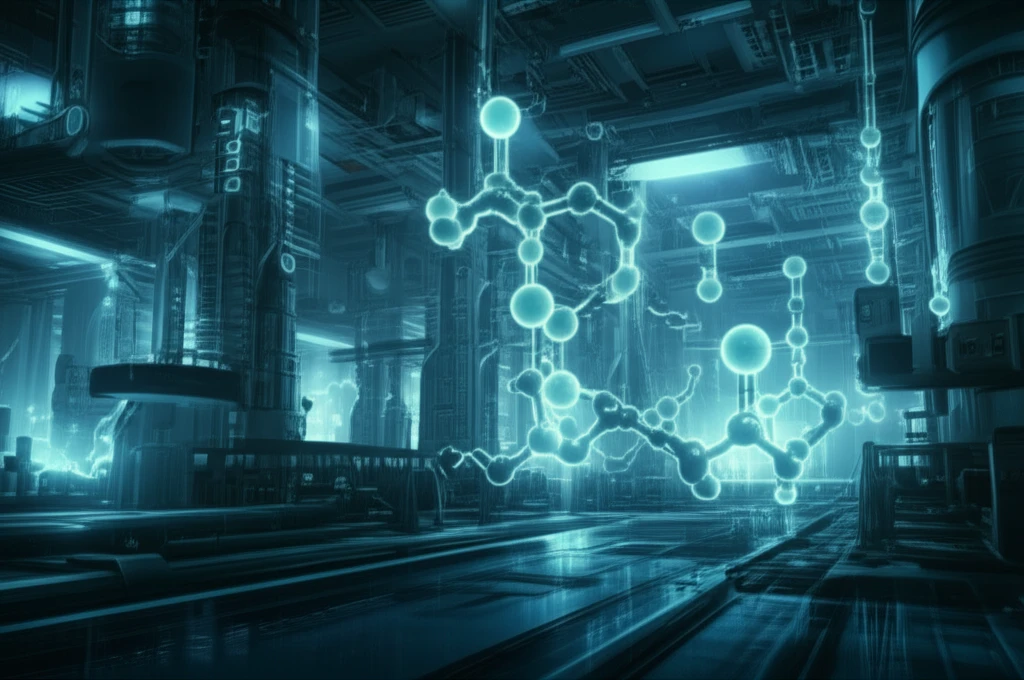
Unlocking Nature's Potential: How Yeast Could Revolutionize Chemical Manufacturing
"A deep dive into how a specific yeast strain, Galactomyces candidus GZ1, offers a sustainable and stereoselective route to producing valuable chiral alcohols."
For years, chemists have relied on biocatalytic systems to create enantiomerically pure alcohols, crucial building blocks in everything from life-saving drugs to the scents in your favorite perfume. These biological methods often outperform traditional chemical approaches in terms of precision and environmental friendliness. One area of particular interest is microbial reduction – using microorganisms to transform simple chemical compounds into more complex, valuable ones.
Now, a new study highlights the extraordinary potential of a specific yeast strain, Galactomyces candidus GZ1, in this field. Researchers have discovered that this yeast can selectively reduce acetophenone and its derivatives, creating chiral alcohols with remarkable efficiency. But what makes this process so special, and how could it impact the future of chemical manufacturing?
This article explores the groundbreaking research on Galactomyces candidus GZ1, diving into the intricacies of its stereoselective reduction process and its potential applications. Whether you're a chemistry enthusiast, a sustainability advocate, or simply curious about the future of manufacturing, you'll gain valuable insights into how nature's tiny helpers can drive innovation and create a more sustainable world.
The Magic of Stereoselectivity: Why Chirality Matters

The key to Galactomyces candidus GZ1's potential lies in its stereoselectivity – its ability to produce specific 'chiral' molecules. Chirality, in chemistry, refers to molecules that are mirror images of each other, much like your left and right hands. While they may look identical, these mirror images can have drastically different effects, especially in biological systems.
- Efficiency:Galactomyces candidus GZ1 demonstrates a high conversion rate, meaning it efficiently transforms the starting materials into the desired chiral alcohol.
- Stereocontrol: The yeast exhibits excellent stereoselectivity, favoring the production of one specific chiral form over its mirror image. This reduces waste and purification costs.
- Versatility: The yeast can work with a range of acetophenone derivatives, expanding its potential applications in synthesizing various chiral alcohols.
- Sustainability: Biocatalytic processes using yeast are generally more environmentally friendly than traditional chemical methods, reducing reliance on harsh chemicals and energy-intensive processes.
A Greener Future, Powered by Yeast?
The research on Galactomyces candidus GZ1 offers a compelling glimpse into the future of chemical manufacturing. By harnessing the power of this remarkable yeast, we can potentially produce valuable chiral molecules with greater efficiency, precision, and sustainability. This could revolutionize industries that rely on these molecules, from pharmaceuticals to flavors and fragrances.
Further research is underway to optimize the process and explore the full potential of Galactomyces candidus GZ1. This includes investigating its performance with a wider range of substrates, improving its stability and activity, and scaling up the production process for industrial applications. The team also uncovered the ability of this yeast to perform stereoinversions, creating even more opportunities for producing specific chiral molecules.
As consumers and industries alike demand more sustainable and environmentally friendly practices, biocatalysis, with champions like Galactomyces candidus GZ1, will play an increasingly vital role. By embracing the power of nature's tiny chemists, we can unlock a new era of innovation and create a greener, more sustainable future for all.
